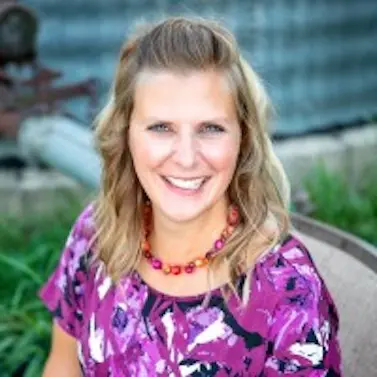
Elizabeth Hicks
Set Behavior Expectations
Teenagers can start drinking as early as 13 years old and it was reported that five percent of high school students drive under the influence at least once a month. Here’s how I advise parents to talk to their children about drunk driving.
Teenagers are at an age where they’ve shut out their parents and hardly ever take their advice. So, parents have to be a little stern about serious matters like driving under the influence. My advice is to set behavioral expectations from the start of their high school years. A zero-tolerance policy should be implemented and the consequences of their actions must be communicated to them. Parents should tell them what punishments and how severe they should be expecting if they break trust and put their own and someone else’s life in danger. Although I don’t recommend fear and punishment as a motivator to ever be used with a child, here any accident can be fatal, so the end can justify the means.
3 Effective Ways for Parents to Communicate the Dangers of Drinking and Driving
In my experience, using fear to get the message about the dangers of drunk driving doesn’t always work. Teenagers often carry a devil may care attitude and there’s a good chance they will forget about what you tell them when they’re in the moment.
Set an example
Parents will always hold a great influence over their kids, regardless of the quality of the relationship. They will follow your lead, no matter what. That said, you should be setting an example. If they’ve never seen you operate a vehicle even with the mildest level of intoxication or they’ve seen you beg off from driving after even just a glass of wine, you can count on them to do the same.
Start the talk early on
Begin the talk about drinking and driving in their early teen years, way before they reach the driving age. Introduce drunk driving as an immoral, reprehensible act comparable to murder, which technically, it is. As they grow older, they will have this instilled in them.
Teach them to say no
If you’ve successfully done the first two suggestions, it’s much easier to teach them to say no. At this point, it’s all about reminding them that it is alright to say no to someone impaired who offers to drive them home, regardless if they’re a close friend or family member. Also, offer them an exit plan like calling a ridesharing service, possibly spending the night at their current location, or have them call you to pick them up.

Jack Miller

Melanie Musson
Melanie Musson, mom of five, is a driving safety expert with AutoInsurance.org
Speak Honestly and Talk About the Risks
My children’s dad investigates crashes and teaches driver’s ed, so the topic of driving under the influence has come up and we have discussed it often since they were babies. While we weren’t thinking about these discussions as being training sessions, I have realized that they were.
They’ve heard firsthand stories about the devastation that can follow DUI crashes. While we weren’t trying to be intentional with educating them about driving under the influence, in retrospect, we have seen the benefits of this approach.
We speak honestly and engage our children in the conversation. It’s ingrained in them that they don’t ever want to drive under the influence. Also, they’re appalled that anyone would be foolish enough to get behind the wheel when they’re not sober.
We plan to continue talking about the risks as the conversations arise.
Explain the Danger and Let Them Watch Videos of Accidents
Before handing them their keys to their cars, I talked with them. I explained the dangers of driving under the influence. I showed them our family pictures and said that our smiling faces wouldn’t be like that anymore if something bad happened because they drove under the influence. I also told my kids that they may hurt another person and make other families extremely sad. Lastly, I showed them videos of people driving under the influence and the accidents that they caused.
I think it was effective as my kids never came home drunk and never drive under the influence.

Robert Johnson
This is a crowdsourced article. Contributors' statements do not necessarily reflect the opinion of this website, other people, businesses, or other contributors.
